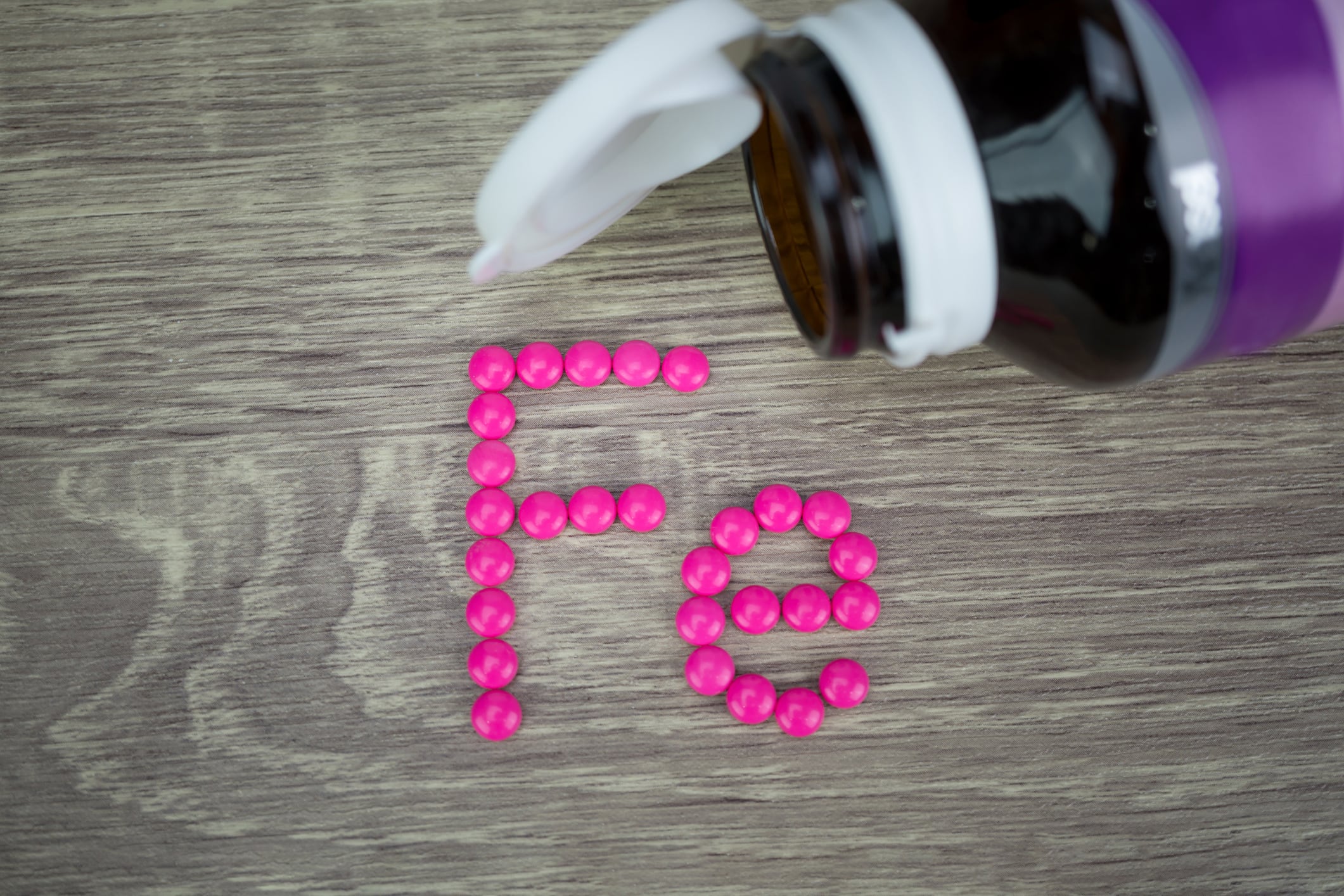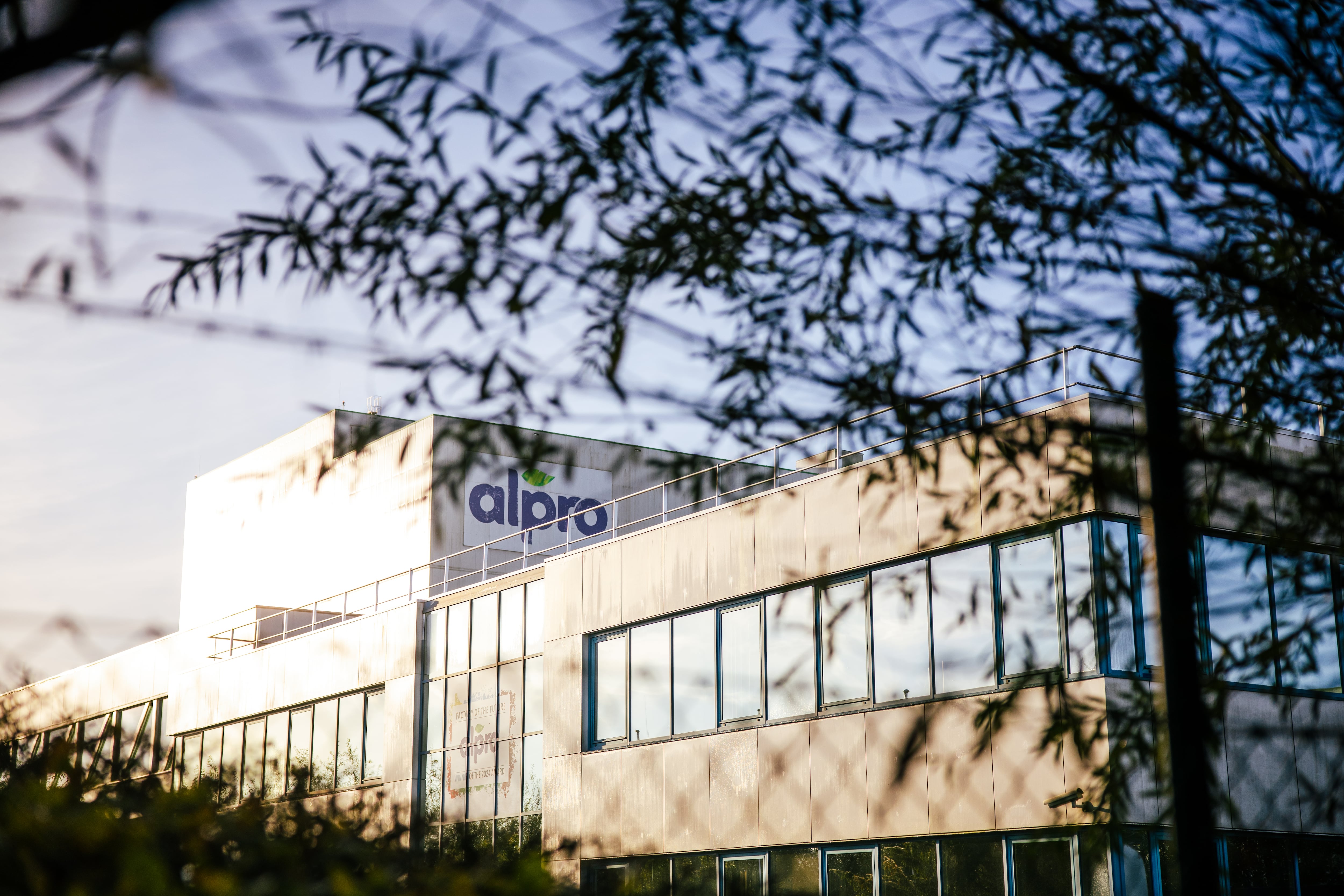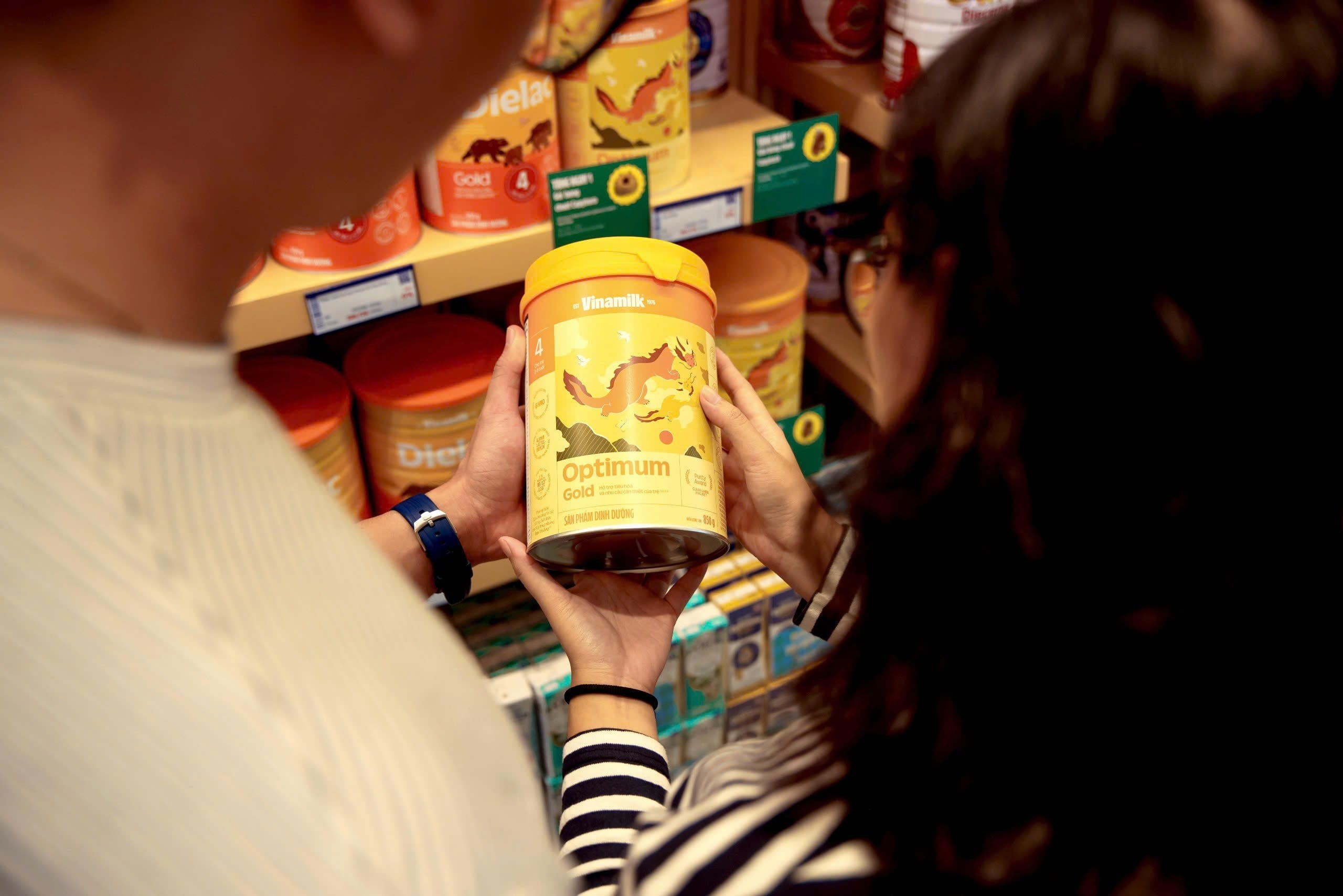In Indonesia, Danone will be conducting IDA screening in jointly selected locations, targeting kids aged six months to six years as part of a two-year collaboration with the National Nutrition Agency (BGN), the company announced.
Elsewhere, the IDA screening initiative has been conducted in neighbouring SEA countries like Malaysia, Thailand, Indonesia, and Cambodia.
Speaking to the floor at the Growth Asia Summit, Michelle Hoi, Senior Digital Health Project Manager at Danone Global Research & Innovation, pointed out that IDA screening is important - as the consequences could be far-reaching, but there is currently a low public awareness of the issue.
“Despite being preventable and treatable, IDA is something that we don’t typically identify, we don’t screen them easily, we are not triggering that conversation with parents.
“What the screening offers is scalability, because what we’re doing is non-invasive, it can reach more people faster, as well as the underserved communities,” she said during the summit held in Singapore.
Citing data from the World Health Organisation (WHO), she pointed out that worldwide, 40% of children are anaemic, and in Asia Pacific, Middle East, and Africa (AMEA), between 50% to 60% of children under five years old are anaemic.
“It’s a staggering statistic and highlights the urgency to address the issue,” she said.
IDA can be understood as anemia caused by the lack of iron.
“The consequences of IDA are far-reaching. It affects a child’s growth and development, starting from brain development, immunity - and because of that, infections - it also affects attention, therefore it affects learning and childhood in generally.”
The purpose of IDA screening, she emphasized, was not to conduct a diagnosis, but to raise awareness.
“The purpose of digital health screening is not designed to diagnose, instead, we’re trying to increase and support mass screening, raising awareness, and educating the public and the parents.
“By doing so, we empower individuals to seek timely care and make informed health decisions by going to the healthcare practitioners.”
On top of screening and public education, nutrition is another key element of the process.
In this case, the company has introduced the “Iron Up!” initiative - which tackles IDA by raising awareness, forging partnerships, and promoting evidence-based nutritional solutions.
Examples of nutritional solutions include IronBiotics - a proprietary innovation from Danone that is said to enhance iron absorption by up to three times more with the use of vitamin C, inulin, and prebiotics.
Affordability vital for mass screening
At the summit, Hoi highlighted that affordability and suitability are key criteria when selecting tools for IDA mass screening.
Danone had conducted a literature review in its process of finding suitable non-invasive tools for screening IDA.
The focus was on non-invasive tools so as to minimize the amount of pain and pressure that young children may face - which could be the case if blood draw is used instead.
“Out of the 2,500 documents, we’ve screened them to around 69 solutions, and of these solutions, our key criteria was accuracy, sensitivity, specificity, age range - because we are looking at children who are under five, six years old - affordability, and finally, suitability for mass screening,” said Hoi.
Mass screening, in this case, refers to the ability to conduct millions of screening across geographical locations.
Eventually, the team has developed an app and used it in conjunction with the Masimo screening device - where the sensor can be put on the finger or toe.
“We’ve moved from traditional methods to leveraging non-invasive ones, and we have two that we currently do in Danone.
“We’ve built an app that allows us to collect data in a consistent and safe manner, and we use it with a device call Masimo - a continuous monitoring oxygenated haemoglobin (SpO2) device.
“It takes less than a minute and gives a reading of the haemoglobin. There’s is an accuracy to it, it’s not 100% to gold standard - which is your blood drop, but it gives you an indication of what’s your risk - whether one is at risk of anemia or not.”
The company has also created a dietary intake questionnaire that looks into iron intake that a child typically consumes.
“The questionnaire is also an educational tool, when you complete that questionnaire, caregivers will know that there’s iron in certain types of food or their child should be consuming certain amount of certain food,” she said.
Thailand findings
A study supported by Danone Specialized Nutrition in Thailand reported that 36.9% of children were at risk of anemia.
Also, IDA was found to be significantly more common in the urban population as compared to the rural population - with IDA found in 7.7% of the former and 1.7% of the latter.
Findings were published last month in the journal Scientific Reports.
The study, conducted in Northeast Thailand from September 2022 to March 2023, involved 2,000 Thai children between six months to five years old, with a median age of 31.1 months.
A non-invasive hemoglobin screening tool, a Masimo Rad-67TM pulse CO-Oximeter equipped with a Rainbow®DCI®-mini Sensor was used for anemia assessment in this study.
Parameters such as spectrophotometry hemoglobin (SpHb) were measured - with a reading of below 13.0 g/dL classified as being at risk of anemia.
A iron intake questionnaire was also given to the caregivers to assess the children’s iron intake.
Findings showed that 36.9% of participants had SpHb levels below 13.0 g/dL and were classified as at risk of anemia.
Overall, the median SpHb was 13.30 g/dL.
When stratified by location, the prevalence of anemia risk was higher among urban children.
Specifically, 38.4% of urban children and 35.7% of rural children were identified as at-risk. However, this difference was not statistically significant.
The median SpHb value in kids from urban areas was 13.20 g/dL and 13.30 g/dL in rural areas.
The median total iron intake was 3.29 mg/day for all participants, with no significant difference between urban and rural areas.
Overall, 24.6% of children had adequate iron intake, with no significant difference between urban and rural areas.
In Malaysia, Danone had previously concluded a study which showed that one in three children was at risk of anemia.
Greater awareness in rural areas
On the other hand, caregivers from Thailand’s rural areas have a significantly higher awareness of IDA than those from urban areas.
Over four in five caregivers from rural areas (83.6%) said they had previously heard about IDA, while the rate of prevalence was 71.4% in urban areas.
Similarly, there was a higher prevalence of rural caregivers who said they knew the consequences of IDA and understood the causes of IDA - with 86.1% and 79.4% respectively saying so.
In contrast, only 79.8% of urban caregivers said they knew the consequences of IDA and 69.6% said they understood the causes of IDA.





